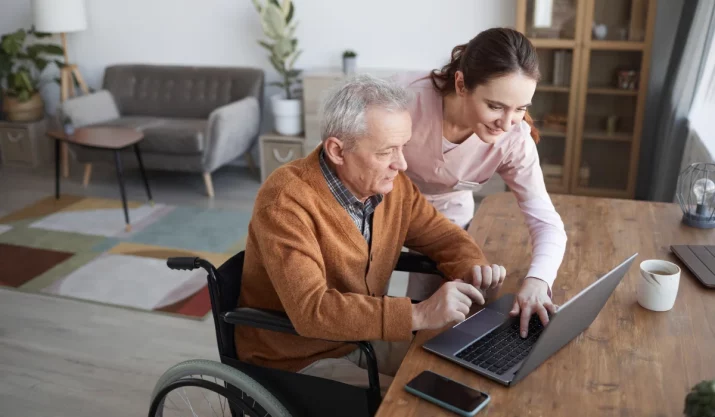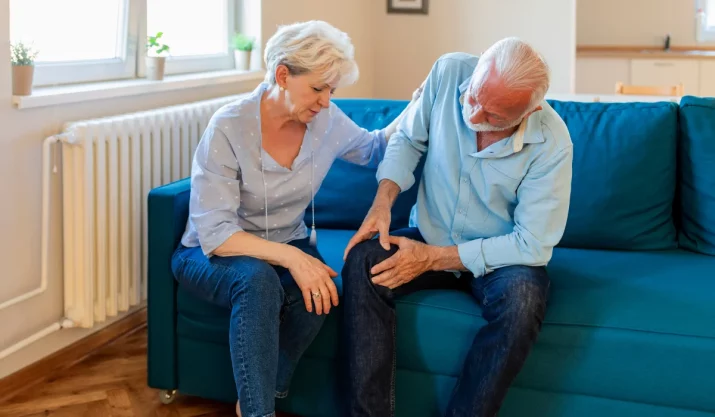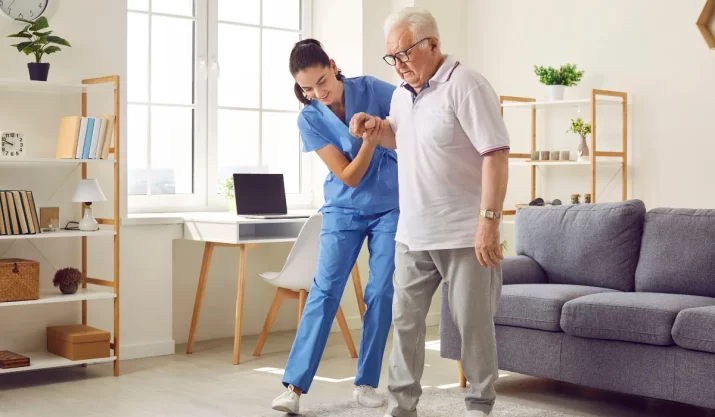Boost Senior Wellness: The Importance of Accessible Homes

Table of Contents
- Key Takeaways
- Reduces Fall Risks Through Thoughtful Home Design
- Supports Independent Living with Mobility Features
- Make Space for Assistive Technology and Equipment
- Promotes Emotional Well-Being and Dignity
- Prepares for Future Health Care Needs
- Addresses Affordability and Access for Low-Income Seniors
- Increases Long-Term Property Value
- Expands Usable Square Feet Without Moving
- Personalized Wellness Starts at Home
For many older adults in California, home is more than just where the heart is. It’s where independence begins. But as mobility changes with age, so do your needs. Staircases that once felt easy now present a daily challenge.
Narrow doorways, high countertops, and slippery showers can become barriers to the lifestyle you’re used to. That’s why accessible home design matters.
This article explores how accessible housing directly supports senior wellness.
Whether you’re aging in place, caring for a family member, or planning a remodel, these changes can make your living space safer, more comfortable, and sustainable for years to come.
Key Takeaways
- A safe home with grab bars and stairlifts lowers fall risks and helps seniors live more independently every day.
- Wider doors, smart layouts, and easy features support daily tasks, health changes, and assistive technology at home.
- Home updates add comfort, protect dignity, and help low-income seniors age safely without leaving their community behind.
- Accessible upgrades raise home value, expand usable space, and give seniors more freedom to live how they choose.
Reduces Fall Risks Through Thoughtful Home Design
Falls are one of the leading causes of injury among seniors.
By incorporating accessible living features, like grab bars in bathrooms, non-slip flooring, and adequate lighting, you can significantly reduce this risk.
In places like Los Angeles or San Diego, where many homes were built decades ago, simple home modifications can make all the difference. These changes help create a secure environment without sacrificing the charm of your space.
Supports Independent Living with Mobility Features
Aging doesn’t mean giving up your independence.
Widening doorways, lowering countertops, and installing wheelchair ramps or indoor stairlifts can restore daily freedom for seniors and wheelchair users alike.
Whether you’re in a single-story home in Sacramento or a hillside property in Marin County, these changes support aging in place, allowing you to live confidently and comfortably without constant assistance.
Make Space for Assistive Technology and Equipment
California homeowners are increasingly integrating assistive technology, like voice-activated lights, smart thermostats, and emergency alert systems, into their home designs.
But technology works best in homes designed for access. Clear floor plans, roll-in showers, and easy-to-reach controls give these tools room to shine.
The result is a home that supports your daily life instead of complicating it.
Promotes Emotional Well-Being and Dignity
There’s a real emotional toll that comes with needing help for basic tasks. Accessible housing supports emotional wellness by reducing that dependency.
A wheelchair-accessible kitchen or ADA-compliant bathroom can be the difference between relying on others and handling your daily routine on your own.
That sense of dignity is invaluable, especially for seniors who have spent their lives being caregivers themselves.
Prepares for Future Health Care Needs
Health can change quickly, but a well-designed home gives you options.
Wider door openings and open floor plans make it easier to bring in equipment or in-home care if needed.
In counties with limited access to long-term care facilities, like Humboldt or Tuolumne, home accessibility can become a lifeline, not just a luxury.
Addresses Affordability and Access for Low-Income Seniors
Accessibility shouldn’t be reserved for the wealthy.
Low-income seniors, especially in high-cost areas like the Bay Area or Orange County, often face significant barriers to aging safely at home.
Programs through California’s Department of Housing or local nonprofit grants can help with remodeling and home modification costs.
These resources make home accessibility achievable, not just aspirational.
Increases Long-Term Property Value
Accessible features aren’t just good for wellness. They’re good for your home’s value.
As more people recognize the importance of universal design, features like outdoor stairlifts, grab bars, and accessible entryways are becoming selling points.
Especially in multi-generational households or when planning to sell to a broader market, these upgrades are a smart investment.
Expands Usable Square Feet Without Moving
One of the biggest misconceptions is that you need to move to improve accessibility. But many California homeowners are remodeling instead.
By modifying existing rooms, like turning a ground-floor den into a bedroom or replacing a bathtub with a roll-in shower, you expand the usable square feet of your home without expanding its footprint.
That’s especially helpful in dense urban areas where space is tight but creativity can go a long way.
Personalized Wellness Starts at Home
Accessible homes aren’t one-size-fits-all. Whether you’re using a wheelchair part-time or caring for a loved one with Parkinson’s, your needs are unique.
The beauty of accessibility features is that they can be tailored: from adjustable countertops to custom stairlift installations. It’s about designing your home to support your version of wellness, not someone else’s checklist.
If you’re looking to improve your home’s accessibility, whether with a stairlift, ramp, or home elevator, California Mobility can help. Our team has worked with homeowners across the state to create spaces that are not only functional but also feel like home.
No cookie-cutter fixes. Just personalized solutions to help you or your loved one live safely and comfortably.
Want to talk through your options?
We’d love to hear about your home and how we can help.
Reach out to us today and start designing a safer, more accessible future.






